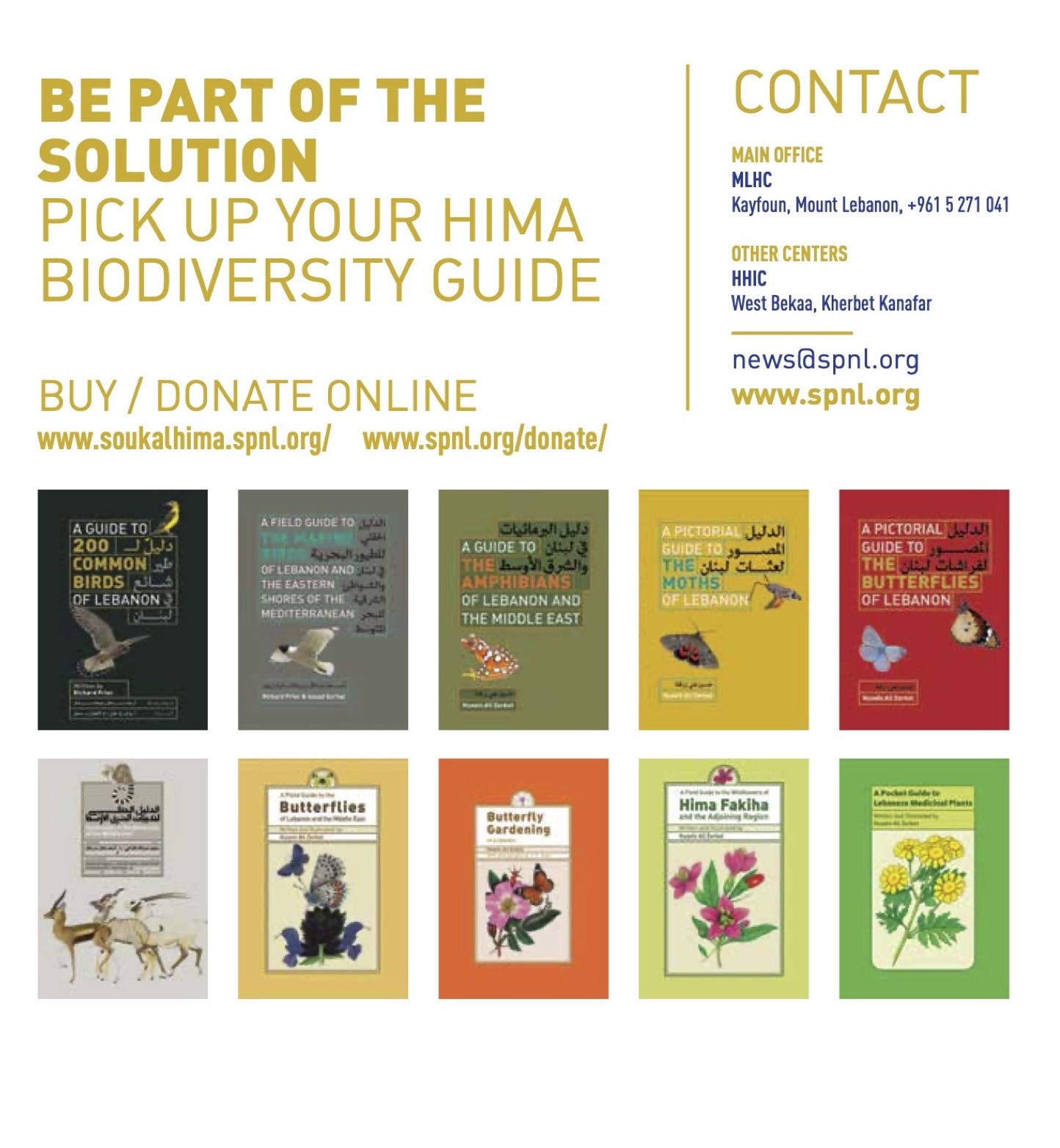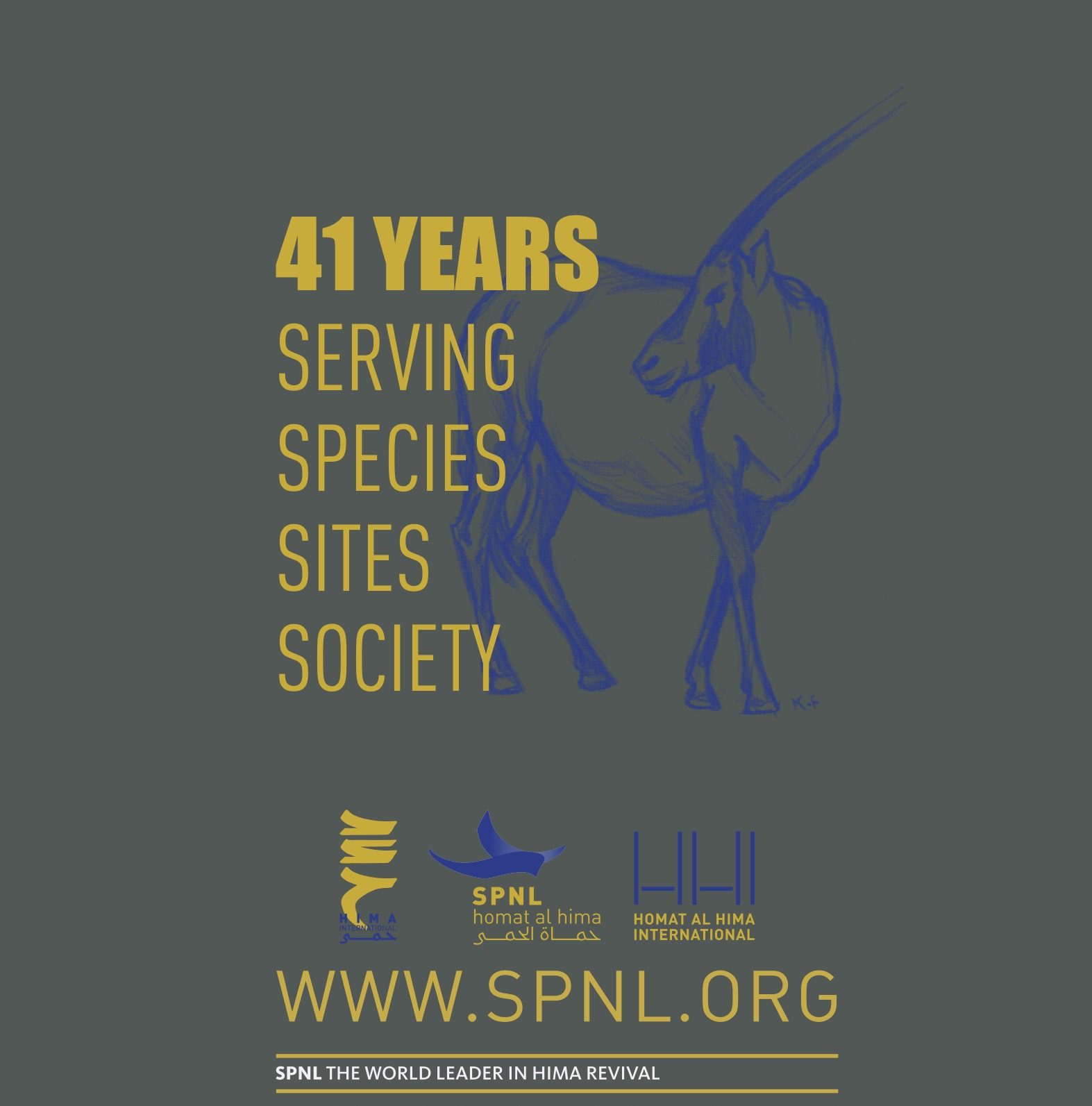Almost 1,500 years before modern conservation research arrived at the same idea, a tradition originating from the Arabian Peninsula realised the importance of community involvement when preserving natural areas and managing natural resources. Essential practice for human survival in Arabian climes, the hima was a traditional sustainable protected area system that went further than being a strategy to conserve biodiversity: it was a way of life. Now, thanks to a $1 million grant from Her Highness Sheikha Jawaher Bint Hamad Bin Sahim Al-Thani of Qatar, the traditional approach of hima is being revived for the conservation of Important Bird Areas and empowerment of local people in the Middle East.
Hima literally means “a protected place” and was written into Islamic Law by the Prophet Mohammed to be an area used for public welfare and protected “for the benefit of all creatures”. Originally defined by the distance the owner’s dog’s bark could be heard, they became community-owned grassland, woodland, wetland and beekeeping reserves that supported the natural resources crucial to everybody’s survival.
BirdLife International in the Middle East, led by the Society for the Protection of Nature in Lebanon (SPNL, BirdLife Partner), is now reviving hima in the region. The goal is to mesh these wise traditional practices with recent conservation science in order to achieve sustainable development. By respecting the rights of local communities and promoting equity and responsibility for the environment, the hima revival epitomises BirdLife’s new Local Empowerment Programme.
“In Lebanon, the word hima resonates more positively in people’s ears than the word mahmiyah, which is used to describe the conventional protected area”, said Assad Serhal, General Director of SPNL. “This may be because the word hima is deeply rooted in people’s collective memory, and is associated with a way of life without which survival would not have been possible. People are therefore conscious of the hima’s focus on human wellbeing, rather than the exclusionary wildlife conservation approach adopted by mahmiyah.”
Guided walks and bike tours of the community-protected hima marshes, Kfar Zabad Hima, Lebanon (SPNL)
Now SPNL is hoping to gain stronger support for the hima practice as a sustainable and culturally appropriate alternative in Lebanon and beyond. Traditional himas already exist in Saudi Arabia and Oman, and since 2004, SPNL has re-established six himas at Important Bird Areas (IBAs) in Lebanon, with a seventh planned at a bottle neck area for migratory soaring birds. “IBAs are about biodiversity, and himas are about people and sustainable use of natural resources”, said David Thomas, BirdLife’s Head of Communities and Livelihoods. “By linking the two, the BirdLife Partnership has created a major concept in site-based conservation.”
In 2008, SPNL helped initiate a Hima Fund with Friends of the Environment Center (BirdLife in Qatar) thanks to the generous donation. Since then, in partnership with the Syrian Society for Conservation of Wildlife (SSCW, BirdLife Partner), a new hima was proposed in Hommes, Syria (2010); and the Hima Fund supported hima revival at four sites in Lebanon, Jordan, Sultant Oman and Qatar this year.
In the harsh conditions of the Arabian Peninsula, living sustainably under the hima way of life was the only way for people to survive. The cooperation inspired by hima helped secure enough food for whole communities amongst an uncertain and unforgiving environment. With greater environmental uncertainty to come in the future, perhaps there is a lesson for us all.
Shaun Hurrell
BirdLife International has grown into a global Partnership, working with 117 local Partners worldwide in order to make a sustainable difference for nature and people. The upcoming International Union for Conservation of Nature (IUCN) World Congress will be an opportunity to recognise hima as an excellent form of Community Conservation and engage the support of the IUCN in hima revitalisation. This article is part of a series celebrating BirdLife International’s 90th Anniversary.






